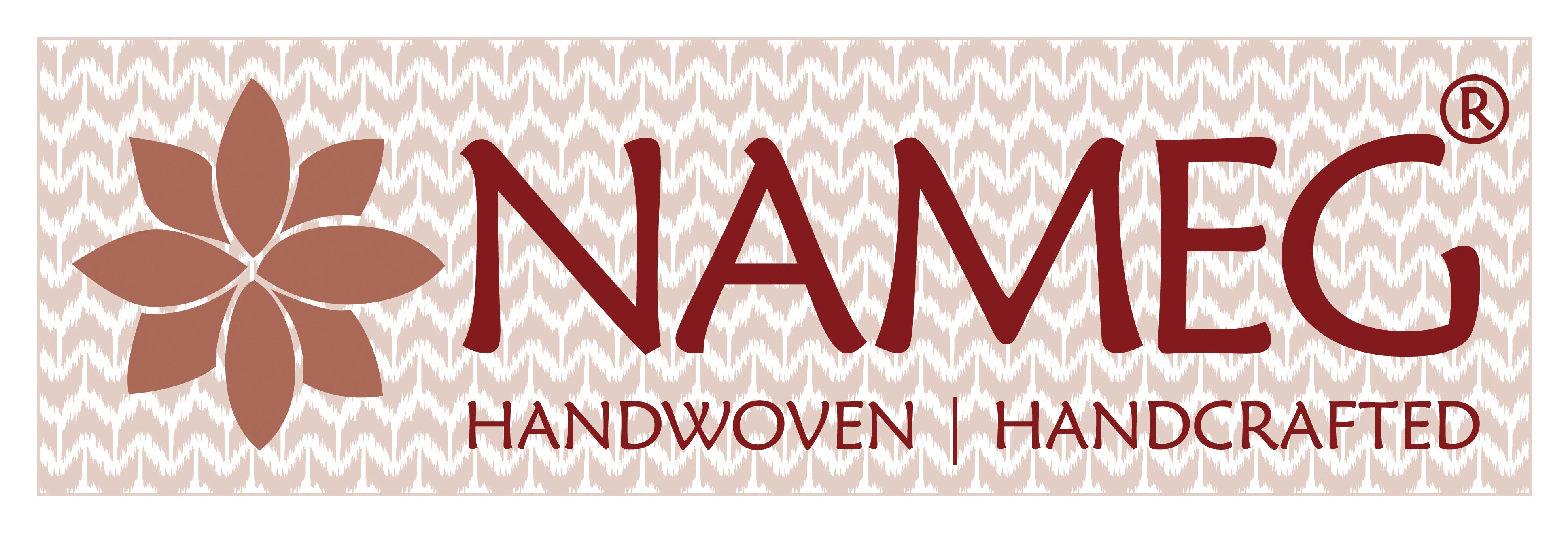All About Handloom Sarees
All About Handloom Sarees
Handloom sarees are very popular all across the world. Handloom sarees come in a wide range of styles, from basic to embellished, and from economical to expensive. Of course, handloom sarees have several distinctive characteristics that make them unique and attractive for special events. Handloom Sarees are undeniably more appealing and enticing for women all over the world due to their characteristics & uniqueness.
Handloom is firmly embedded in Indian culture, and every handloom loving entrepreneur is bringing traditional handloom sarees back into vogue by visiting various regions to learn about the intricate details. We at Nameg are always front runners in showcasing handlooms & other handcrafted products from all over India.
Check out our Cotton Handloom Saree collection https://nameg.in/collections/cotton-saree
Why Handlooms?
There are numerous reasons to buy handloom sarees, but the most appealing feature is that they come in a wide range of textiles. Handloom sarees come in a vast and exclusive fabric selection, ranging from cotton to silk. There are so many types of handlooms to choose from like Cotton (Jamdani, Tangail, Bengal Handloom, Shantipiri, Dhaniakhali), Silk (Mulberry Silk, Tussar Silk, Baluchari, Muga Silk), and cotton silk sarees are divided into main categories and then further sub-categories (Chanderi, Kota Doria, Covai Kora Cotton, Maheshwari, IIkal). Handloom sarees have unique motifs and patterns which speak volumes about the century old craft of weaving.
How are Handloom Sarees Made?
A shuttle-pit loom constructed of ropes, wooden beams, and poles is commonly used to weave a handloom sari. The weaver throws the shuttle from 'Tarsbhullar' side to side. Other weavers work with a fly-shuttle loom, which may create a variety of patterns. Saris come in a variety of sizes and quality.
Handloom sari weaving is typically a family business and is considered a cottage industry in India.
Silk or cotton threads are used to make handloom saris. The ultimate outcome of the handloom weaving process is made up of various steps. Weavers and local specialists around weaving villages used to do the dyeing (during the yarn, fabric, or garment stage), warping, sizing, attaching the warp, weft winding, and weaving. However, the majority of the activities are currently under progress.
How can I Identify an original handloom saree?
People use a variety of methods to recognise an authentic handloom saree. The prints on the saree's back and front are identical. This is especially noticeable in the pallu region. Because all of the superfluous threads are evenly cut out, the reverse side will have a flawless finish. Handloom sarees are highly priced because of being handwoven with great care. Because the sarees are handmade, they will have imperfections and irregular patterns.
Check our Handloom Silk Saree collection https://nameg.in/collections/silk-sarees
How to Care for Handloom Sarees?
Handloom sarees must be handled with extreme caution because they are easily damaged. Environmental conditions have a part as well, and they are prone to wear and strain. Handloom Cotton Sarees must be hand-washed and pre-soaked in saltwater for a period of time. Don't soak for too long or use too much detergent; this can cause discoloration. Use a mild detergent that is suited for such fabrics after rinsing in cold water once or twice. While washing, avoid using colours, bleach, stain removers, and other chemicals on the cloth. Allow no more than a few minutes for the soap or detergent to remain on the clothes. Please note that Handloom Silk Sarees should be dry washed only.
Check our Handloom Saree collection https://nameg.in/collections/all-sarees
